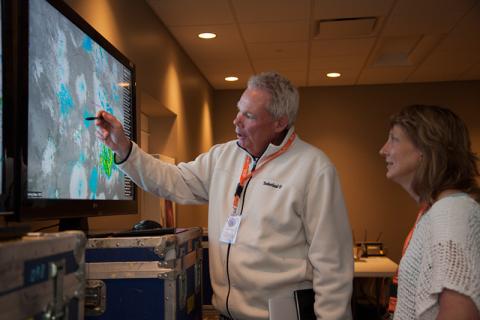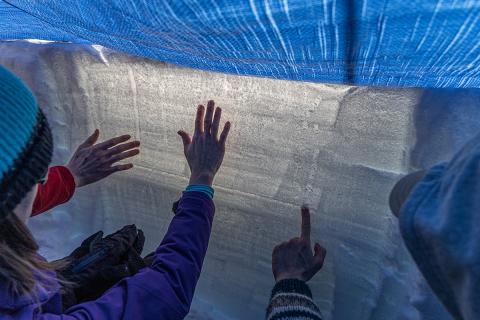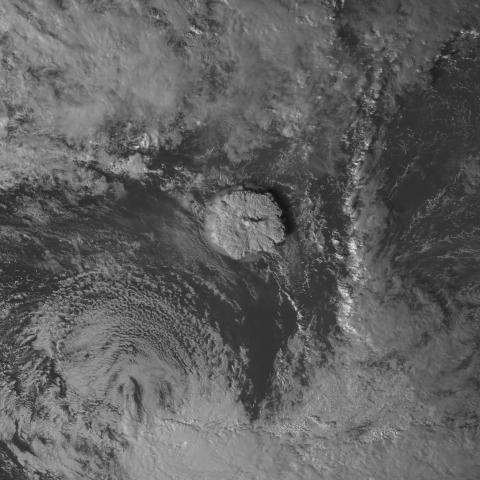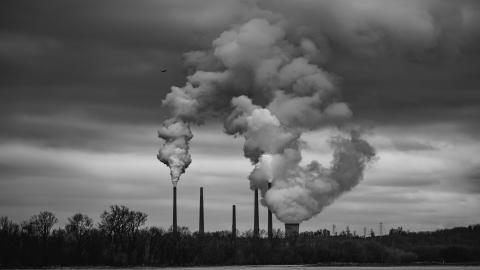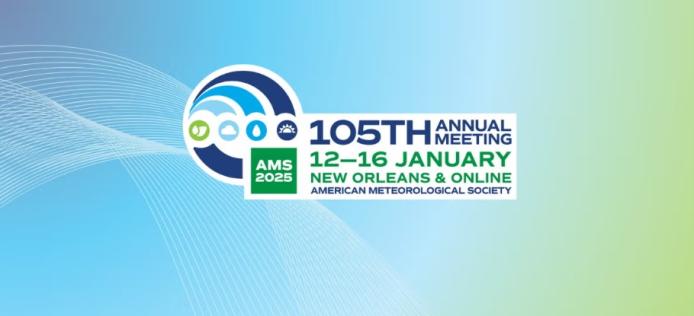
EOL Staff at AMS
EOL staff will participate in the 105th American Meteorological Society Annual Meeting, which will take place January 12-16, 2025 in New Orleans, LA. For more information about the meeting please go to the AMS 2025 webpage.
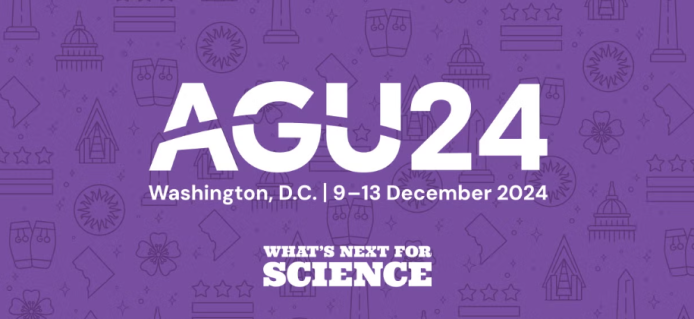
EOL Staff at AGU24
AGU Fall Meeting 2024 was held in Washington, D.C. and online 9th - 13th December 2024. More than 25,000 attendees from more than 100 countries convened.
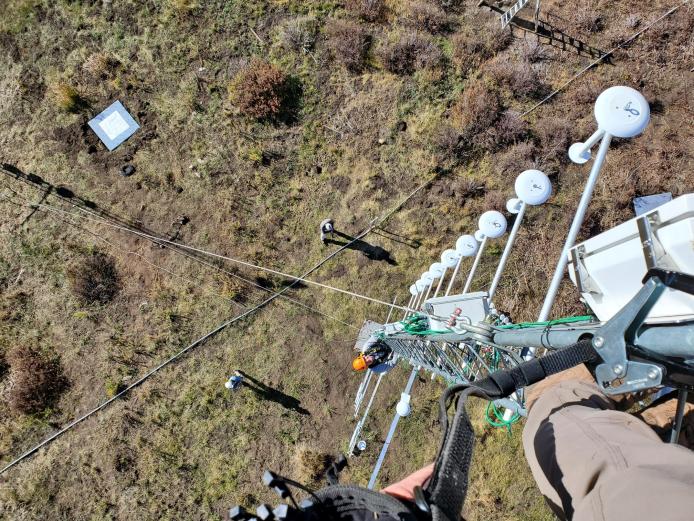
NSF Facility and Instrumentation Request Process (FIRP)
A revised version of the Facility and Instrumentation Request Process (FIRP) solicitation was published by NSF on 3 July 2023. The solicitation describes the mechanism by which the research community can propose projects that require access to facilities and instrumentation sponsored by the Facilities for Atmospheric Research and Education (FARE) Program in the Division of Atmospheric and Geospace Sciences (AGS). Specialized FARE instrumentation and facilities include the Lower Atmosphere Observing Facilities (LAOF) and the Community Instruments and Facilities (CIF). For more information, please contact Dr. Shree Mishra, NSF FARE Program Director (sumishra@nsf.gov).
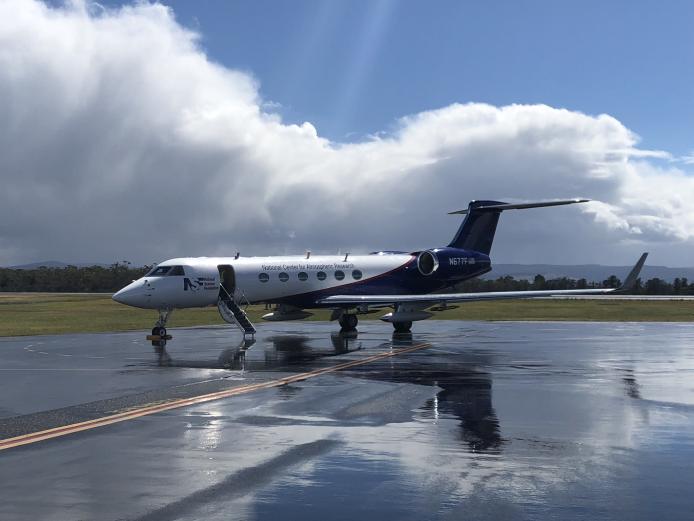
Explore NCAR-managed Lower Atmosphere Observing Facilities for your field research
EOL manages and operates a portfolio of multi-user national facilities that are sponsored by NSF. The NCAR-managed Lower Atmosphere Observing Facilities include:
These specialized facilities and instrumentation can be requested to carry out the scientific field work associated with the investigation of a wide range of geophysical phenomena.
EOL in the News
Read stories and articles about the incredible work by EOL staff and our suite of requestable Lower Atmosphere Observing Facilities (LAOF).
